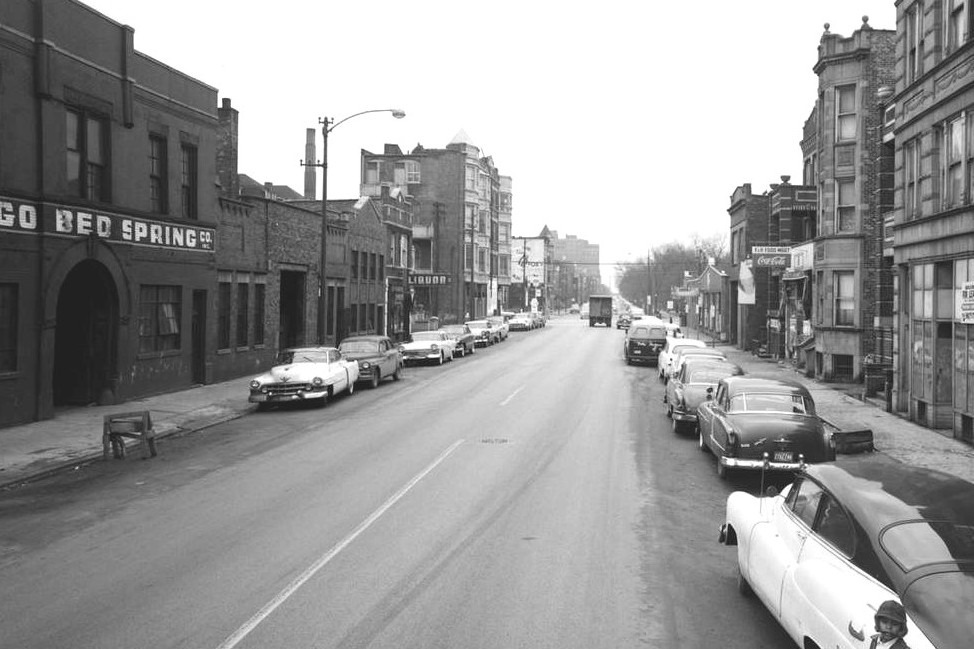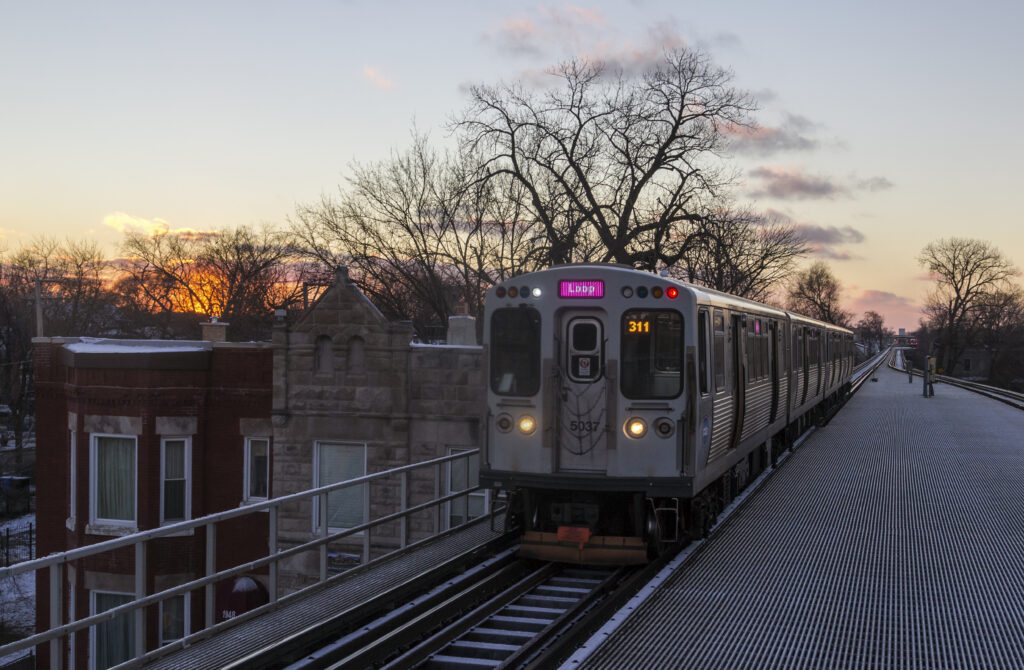North Lawndale: A Vibrant Community with a Rich History
North Lawndale, a community area located on the West Side of Chicago, is a neighborhood with a rich history and a vibrant present. From its early days as an annexed area of Chicago to its transformation into a hub for immigrants and later a predominantly African-American neighborhood, North Lawndale has weathered many challenges. Today, the community is experiencing a revitalization, with efforts to combat crime, improve education, and promote economic development. In this article, we will explore the history, challenges, and current initiatives in North Lawndale, highlighting the resilience and strength of its residents.
Annexation to Chicago and First Waves
In 1869, the eastern section of North Lawndale was annexed to Chicago, marking the beginning of its journey as a part of the city. Streets were platted, and infrastructure was developed to support the growing population. The name “Lawndale” was given to the area by a real estate firm, and it quickly became a thriving community.
North Lawndale experienced waves of immigration, with Bohemian immigrants from the Austro-Hungarian Empire settling in the area in the late 19th century. Czech cultural institutions and churches were established, creating a strong sense of community. However, the Czech population eventually migrated to the suburbs, and a new wave of residents, predominantly Jewish, took their place in the early 20th century. This shift in demographics continued as African-Americans from the South Side and southern states became the majority in the 1950s.
Housing and Racial Discrimination; Decline
The changing demographics of North Lawndale led to housing discrimination and a decline in the neighborhood. Real estate brokers used tactics such as blockbusting and scare tactics to drive out white residents, resulting in a rapid decline in the white population. The loss of industries and economic opportunities further exacerbated the challenges faced by the community.
In 1966, the Reverend Dr. Martin Luther King Jr. visited North Lawndale to highlight the deplorable living conditions and discriminatory housing practices. His visit drew attention to the need for fair housing legislation, which eventually led to the passage of the Fair Housing Act in 1968.
The following decades saw a series of economic and social disasters, including riots, predatory lending, and job loss. The population decreased significantly, and many houses were abandoned. North Lawndale became known as an industrial slum without the industry, and poverty became pervasive in the community.

The Contract Buyers League: Fighting Discrimination
In the face of discriminatory housing practices, residents of North Lawndale formed the Contract Buyers League in 1968. Assisted by a group of college students and a Jesuit seminarian, the organization fought against the practice of contract selling, which exploited black homeowners. Through negotiations and activism, the Contract Buyers League renegotiated hundreds of housing contracts, saving residents millions of dollars.
The efforts of the Contract Buyers League and other similar groups across the country pushed for reforms in housing policies, leading to changes in discriminatory underwriting practices. Their work was instrumental in achieving greater justice for exploited black homebuyers.
Revitalization Efforts
Despite the challenges faced by North Lawndale, the community has seen signs of revitalization in recent years. The establishment of Homan Square, a redevelopment of the former Sears headquarters, has brought new housing, community centers, and retail opportunities to the area. The Steans Family Foundation, founded in 1986, has played a significant role in supporting grantmaking and programs in North Lawndale.
Violence prevention groups, such as READI Chicago, Communities Partnering 4 Peace, and Chicago CRED, have implemented relationship-based intervention tactics to reduce crime in the neighborhood. Their efforts, along with the creation of the Community Safety and Coordination Center, have resulted in a decrease in gun violence by 58% from 2021 to 2022.
Reinvestment efforts have also focused on improving education and addressing food insecurity. Proposals for a new STEAM academy and a grocery store have brought hope to the community, although concerns about gentrification and the displacement of long-time residents remain.
Infrastructure and Transportation
North Lawndale benefits from access to transportation and key infrastructure. The Chicago Transit Authority’s Pink Line serves the neighborhood, providing convenient transportation options for residents. The area is also home to the historic K-Town district, known for its unique street-naming pattern and architectural charm.

Crime and Violence Prevention
Crime has been a persistent challenge in North Lawndale, but recent initiatives have shown promising results. Violence prevention groups have implemented comprehensive strategies that include job training, trauma-informed therapy, and community resources. Evaluations from the University of Chicago Crime Lab have demonstrated significant reductions in violent crime and arrests among program participants.
Education
Education is a vital component of community development, and efforts are underway to improve educational opportunities in North Lawndale. The neighborhood is served by several high schools, including Farragut Career Academy and North Lawndale College Prep High School. However, the community has faced student loss and the proliferation of charter schools, leading to discussions about consolidating schools and creating new STEAM-focused educational institutions.

Notable People and Popular Culture
North Lawndale has been home to many notable individuals throughout its history. Comedian Shelley Berman, the rap group Crucial Conflict, and United States Navy Admiral Hyman G. Rickover are among the many individuals who have called North Lawndale their home.
The neighborhood has also gained recognition in popular culture, with television shows like “Shameless” and “The Chi” using North Lawndale as a filming location.
North Lawndale’s history is a testament to the resilience and strength of its residents. From its early days as an immigrant hub to its struggles with discriminatory housing and economic decline, the community has faced numerous challenges. However, recent revitalization efforts, violence prevention initiatives, and education-focused initiatives have brought hope and positive change to North Lawndale. With ongoing support and investment, the neighborhood can continue to thrive and provide a vibrant community for its residents.


